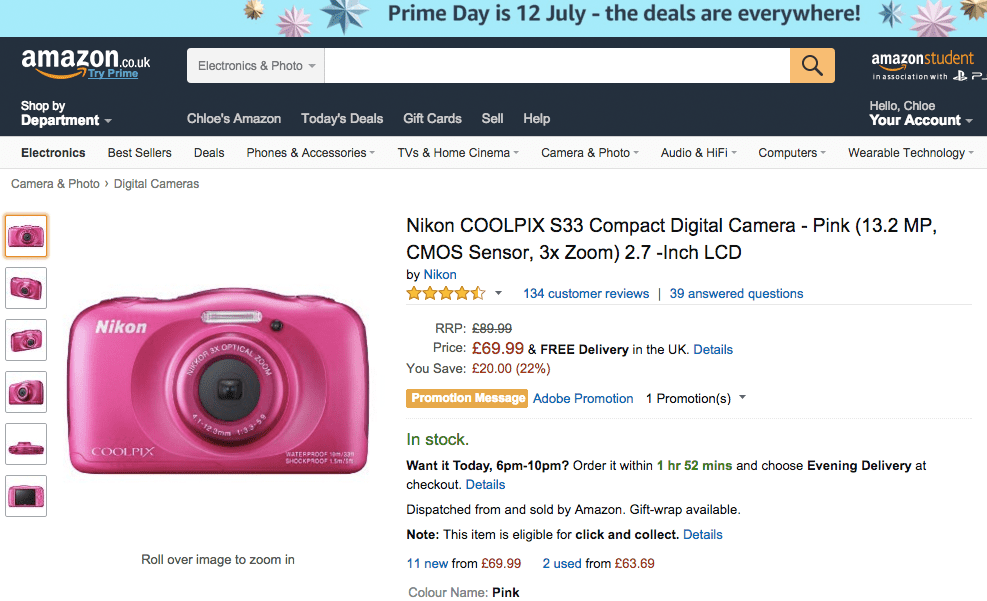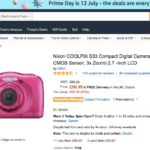AMAZON’S CHALLENGE IS to showcase a range that includes millions of products through the limited screen dimensions of a desktop or, even smaller, a mobile phone. Its success in doing so makes it one of the leaders in this Dimension.
So just how is it done? The tools Amazon uses are all about narrowing down choice. Personalised recommendations are based on factors including the customer’s buying history, and what other customers who bought an item went on to buy. It uses cross-selling and upselling techniques to suggest alternatives to the item being considered through features including a ‘frequently bought together’ function that offers a discount when three items are bought at the same time.
Navigation tools include filtering by brand, product type, price as well as a range of filters that vary by category. The pushchair range, for example, can be filtered by capacity, special features, weight, lifestyle, delivery options, colour, average customer rating, brand and whether or not an item is a new arrival. Meanwhile, digital cameras can be filtered by type, and refined by megapixel count, optical zoom power, display size, features, scores, delivery options, the average customer rating, colour, brand, price, whether a camera is a new arrival, availability, and which vendor is selling it.
Once a product is found, it’s explained clearly, both through plentiful use of easily-zoomable images – Amazon uses around five or six images per product – and through detailed information. Product information goes into details such as technical specifications and safety information and is supplemented by clearly-marked ratings and the famous Amazon reviews, which provide the perspective of people who already bought the product on how effectively it does its job.
Don’t want to buy it now? That’s no problem. Shoppers who are signed into their Amazon accounts can save the items they want to buy for another time. Either they can save items to a wishlist, or they can save items for later, alongside their shopping basket.
If they need a second opinion they can share the product via Facebook, Twitter, Pinterest and email before or after they’ve bought it. Wishlists can also be shared via social.
Overall, Amazon’s is a highly detailed approach that helps customers to make their way easily through the vast choice on offer on the website. It’s a functional approach to merchandising rather than an inspirational one. Nonetheless, the Amazon approach has been highly influential in forming customer expectations of digital merchandising, and it’s one that others can certainly learn from.






